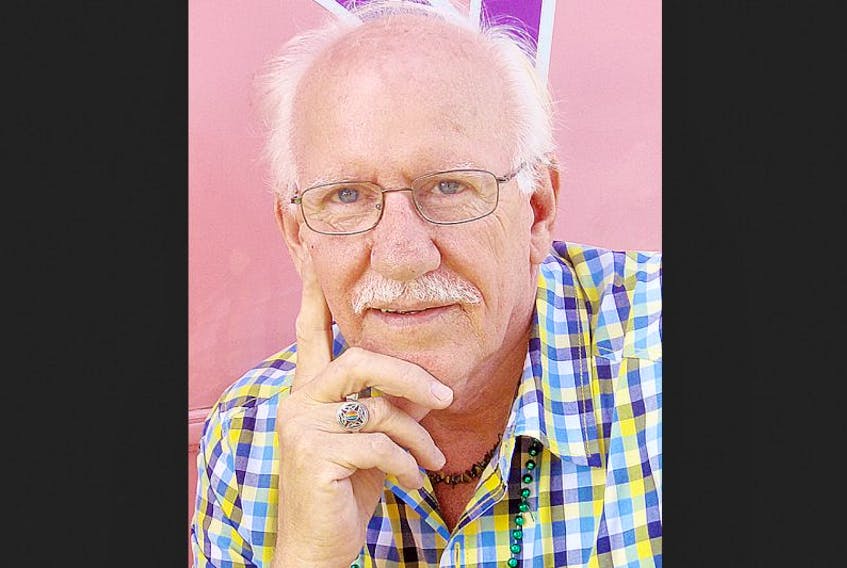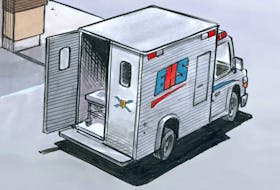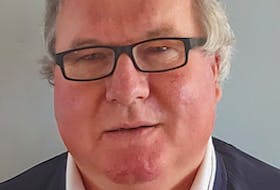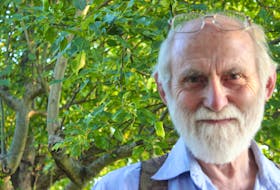The journey of how we have travelled throughout history is interesting and yet rather sad, especially compared to how we are being challenged today. In years past, the term LGBTQ+ was not in existence and the usual identification was gay, lesbian and bisexual. The word transgender was not used until much later and took hold in the 1970s.
The term “gay” may date as early as the late 19th century and gradually became more common in the 20th century. In the 1960s, gay became the word preferred by “homosexual” men to describe people attracted to members of the same sex. This word is now in use in many parts of the world.
Lesbian is a term that was used in ancient times and has survived through the centuries. Bisexuality explains the physical and/or emotional attraction to either sex and has been in use for many years. As a matter of interest, there has been an increase in people admitting to being bisexual. Then, we have many other terms that explain/identify people and the list is long.
The important thing to note is that each of us is able to identify our sexual orientation or gender identity. The other point to remember is that in early days identifying people, through their own admissions or outed by others (a dangerous and unfair practice), was a rare occurrence. Even as same-sex activity was common throughout time, it was not for public knowledge or spoken of very often. However, the male Romans, Greeks and Egyptians were notorious for engaging in sexual affairs with younger men. Many had wives and had these affairs as extra activities. Then, as over the next centuries, same-sex love was mostly hidden from the general public.
The journey was just beginning as we enter a new age, the 1900s, a new era that was about to bring out LGBTQ folks who were determined to make a difference. The need to fight for social justice, and the fact that on an individual basis one was ready to come forward, early advocates took a stand. In Europe, during the Middle Ages, the Catholic clergy were encouraged believers to identify those who committed same-sex acts and then hand them over to secular authorities to be punished. In Spain, for example, the Inquisition tried about a thousand gay men and many were executed. These occurrences were quite common and seemed to satisfy many who were on side of the Roman Catholic Church of that era.
Thousands of gay men died in concentration camps during World War II, as did millions of others during this barbaric time in our history.
Of course, we are also aware of modern day horrific actions against members of the LGBTQ community, world-wide. Daily beatings and other terrible crimes are committed because of pure hate.
There is debate as to what constitutes a hate crime. People, or groups of people, are attacked for a reason. If a person beats up on a gay man for instance, one looks at the reason for committing such an act. Is it because that person looks different, or acts in a manner that the attacker doesn’t like, or simply that he has a hate for this person because of his sexual orientation? The fact remains the act of aggression has been committed, therefore an act of hate. One does not initiate such an action out of love.
So, as we continue this journey we must be who we are, we must insist on equality to all others, and we must continue to take a stand because it is our right.
Comments and information: [email protected]
Gerard Veldhoven is a longtime activist for the lesbian, gay, bisexual and transgender community. His column appears Wednesdays in The News.









